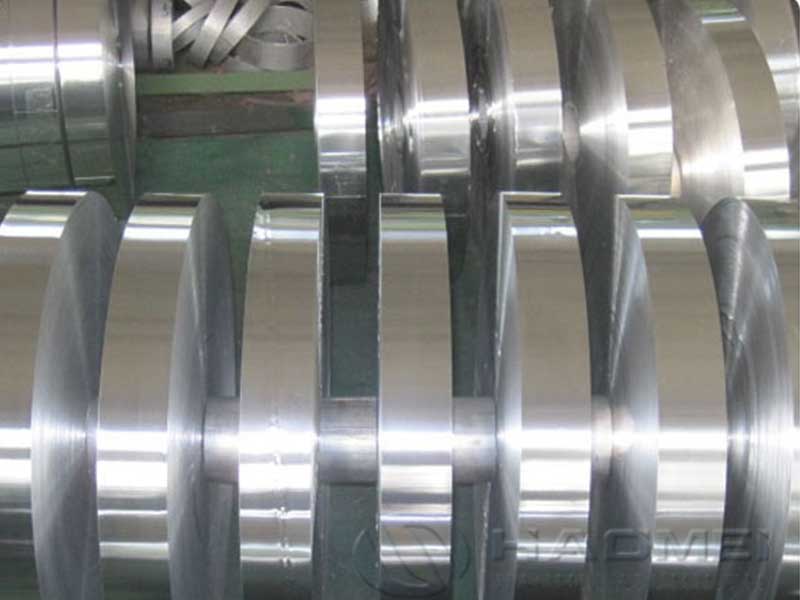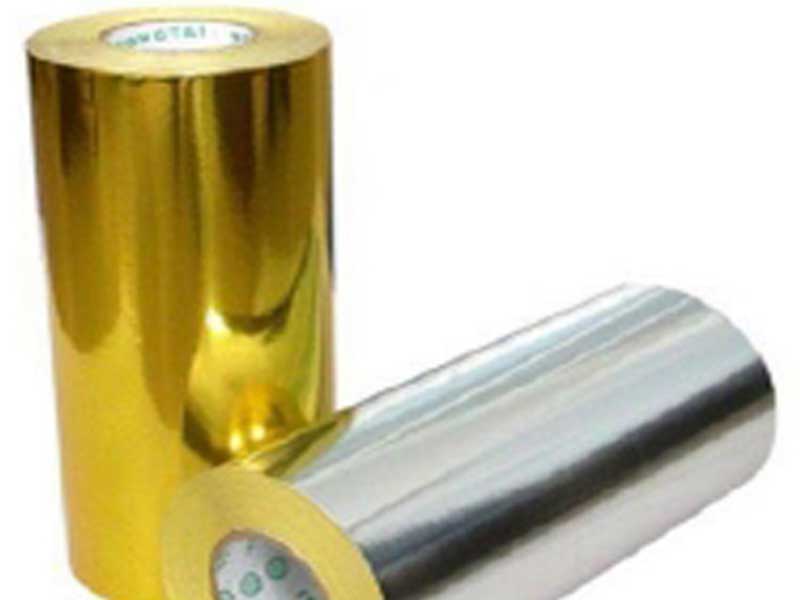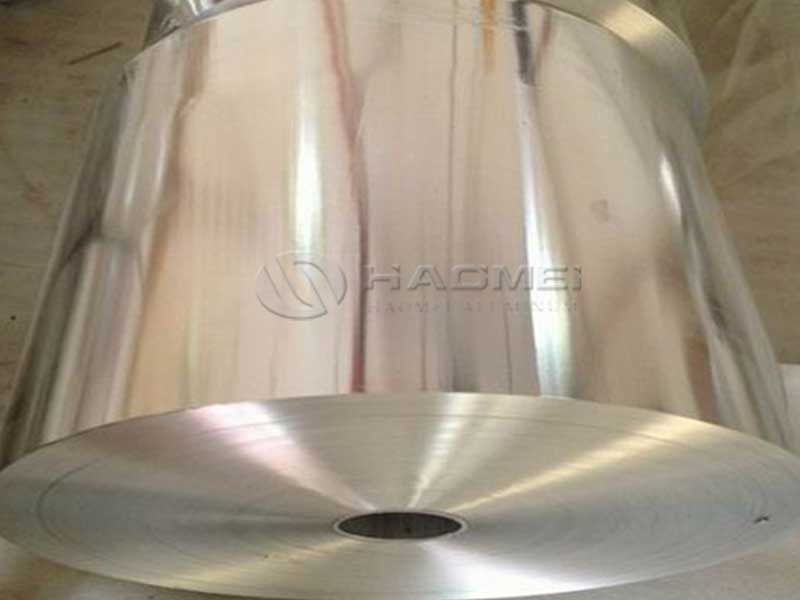Pharmaceutical Foil
Whenever you pick up a blister pack or open a strip of tablets, you’re interacting with something often overlooked but incredibly important: pharmaceutical foil. It’s not just shiny metal wrapping; it’s a carefully engineered barrier that plays a starring role in keeping medications safe, stable, and effective.
What Makes Pharmaceutical Foil Special?
At its core, pharmaceutical foil is usually an aluminum alloy, typically super-thin yet mighty—think about how something you can crumple in seconds Hale—is actually a fortress to active ingredients. Aluminum’s natural impermeability to light, moisture, air, and bacteria is what gives drugs their shelf life and maintains their integrity. When paired with layers of polymer films, which provide flexibility and strength, the foil creates a perfect sandwich that protects meds from environmental damage.
One of the fascinating technical nuances lies in the foil’s thickness—often in the range of 15 to 30 microns sweet spot where the foil is thin enough to be easy to handle and cost-effective, but thick enough to block contamination. Adjustments to the foil’s thickness and alloy composition (elements like magnesium might be added for strength) are finely tuned based on the medication’s needs.
Functions Beyond Just Wrapping
Barrier Against External Factors: Light-sensitive drugs, like some vitamins or antibiotics, need foil that blocks ultraviolet (UV) and visible light. The foil’s reflective shiny surface acts much like a mirror, reducing photo-degradation.
Moisture and Gas Protection: Many medications can fail or become less effective if exposed to air or humidity. High-barrier pharmaceutical foils keep oxygen and water vapor out—which is critical for tablets prone to hydrolysis or oxidative breakdown.
Tamper Evidence: Foil in blister packs provides an instinctive sign if something’s amiss. If the foil’s punctured or damaged, the package integrity is compromised, signaling potential contamination or counterfeiting.
Dosage Monitoring Made Simple: The very clarity and design of aluminum-sealed blisters ensure patients can control their dosage, peeling or popping off one pill at a time, reducing accidental overdoses or missed doses.
Viewing Pharmaceutical Foil Through a Sustainability Lens
Beyond function, pharmaceutical foil is quietly evolving with sustainability in mind. Manufacturers experiment with recyclable and lighter alloys to reduce material usage and environmental footprints. Despite its metallic frame, pharmaceutical foil packaging can often be recycled—if frameworks for collection and sorting exist, which is increasingly becoming the case.
Applications: It’s Not Just Pills
While its primary association is with pill blister packs, pharmaceutical foil extends its reach into:
- Injectable drug vials: Aluminum caps that airtight-seal vials often use specially treated foils to prevent contamination.
- Powders and granules: Aluminum foil pouches maintain dryness and saline conditions during transport.
- Medical implants: Even delicate devices sometimes deploy customized aluminum foil packaging to ensure sterilization viability until use.
Wrapping It Up
Pharmaceutical foil might seem straightforward packaging at first glance. But peel back the layers—literally and mechanically—and you see a carefully considered composite material engineered to keep millions of medicinal miracles intact. The next time you’d peel open that blister pack, a quick nod to that sliver of aluminum is well-deserved. It’s a tiny craftsmanship marvel tucked into your medicine cabinet, embodying the partnership between material science and healthcare.






